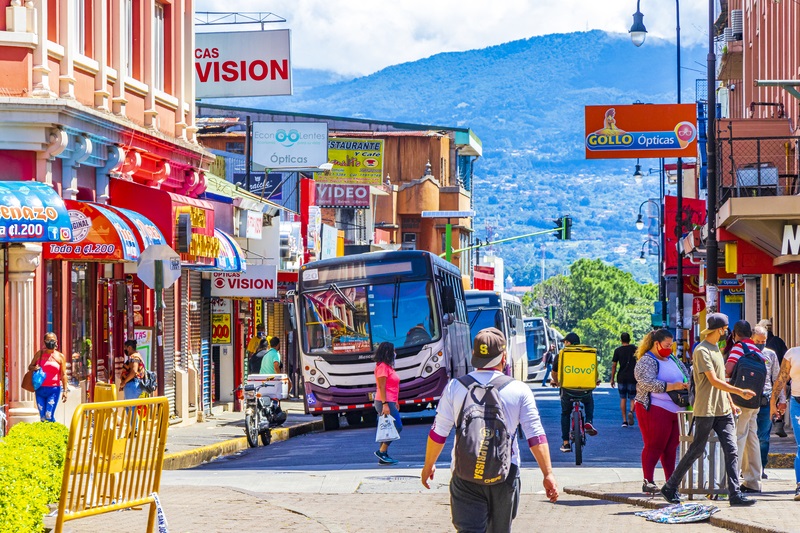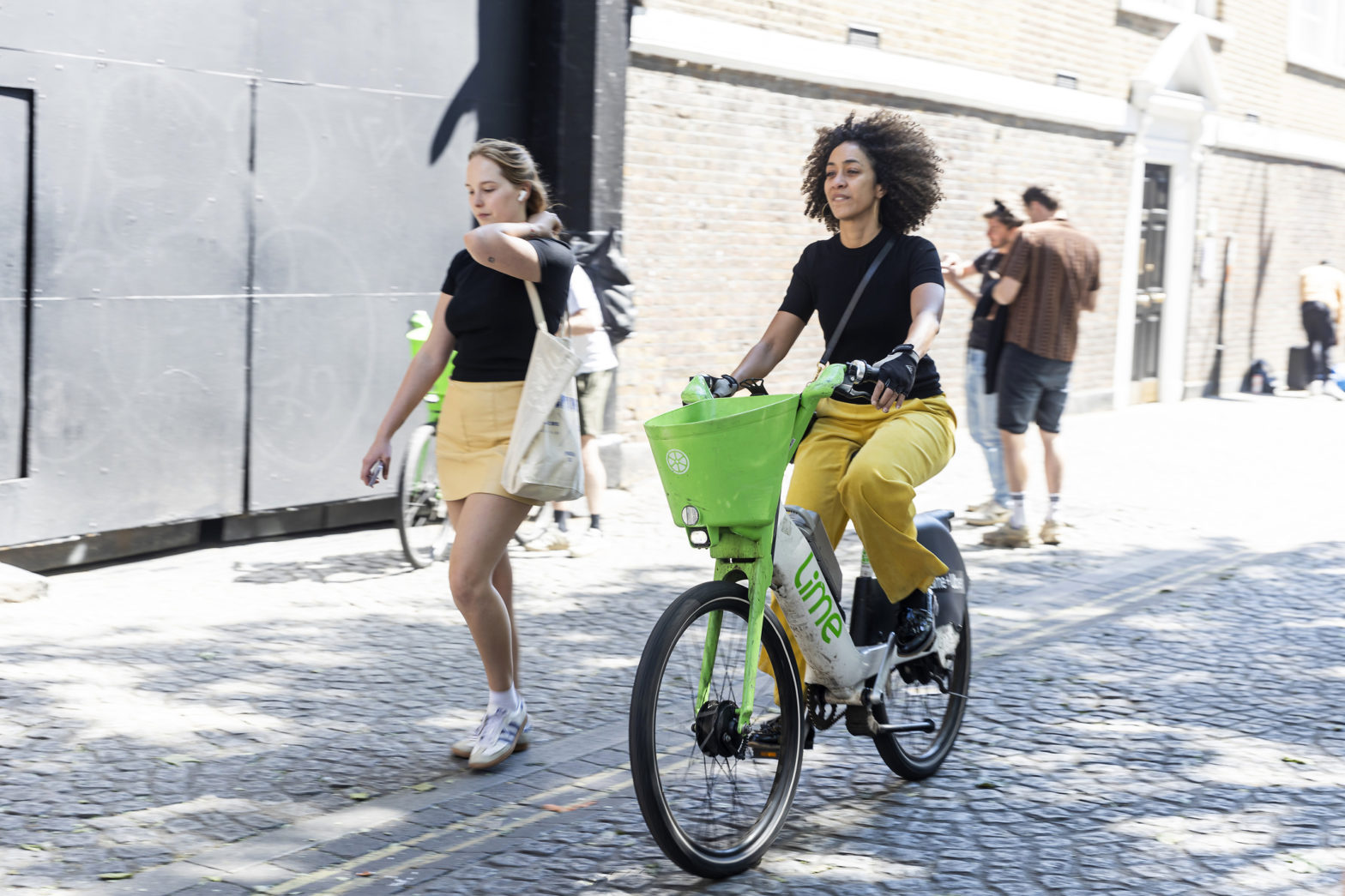
Photo: Arkadij Schell | Dreamstime.com
Mobility payment integration a priority in Latin America
12 September 2022
by Manuel Manrique
Tactical urbanism in San José, Costa Rica has delivered positive results, says Ana Patricia Salas, from the municipality’s Department of Development and Maintenance of Works.
“More space for pedestrians and bicycles, actions with a gender perspective and the use of new technologies in the public transport service for citizens are aspects that motivate us to continue working,” she commented during a recent Cities Today Institute virtual roundtable event.
Mobility leaders from Latin American cities met to discuss innovation, challenges and good practices in the sector.
Almost all the participants said that contactless payment exists in their cities, but some report problems of fare evasion and lack of integration.
“In Santiago, that system is known as VIP and it has existed for a long time, but over the years, people have stopped paying, generating losses for the transport system,” said Santiago’s Mobility Director César Valarezo.
Contactless payment was introduced in Mendoza, Argentina from 2005 and in 2019 the national electronic ticket system known as SUBE was implemented.
“I think the ideal is to have a mixed system where tourists can [also] pay for public transport using their credit card,” said Natalio Mema, Mendoza’s Secretary of Public Works.
Mema reported that all 1,480 buses in the Mendoza metropolitan area have satellite tracking, which is useful for optimising frequencies, planning traffic during peak hours, verifying suggestions or complaints, and cross-referencing information with other lines.
“I think that the next step is to expand the possibilities of payment through cell phones, even for tourists who visit us,” he said.
Integration
New forms of payment and the use of new technologies to support local governments is one of the priorities of City Possible from Mastercard, which sponsored the event.
“The City Possible global network was created to provide a space for cities to collaborate and drive innovations that make cities more inclusive and sustainable,” said Alby Bocanegra, VP of Global City Partnerships. “Together with partners, we are well positioned to launch solutions that make a lasting impact and ensure cities can thrive.”
Intermodal integration is also a challenge for the cities of the region. In Guayaquil, Ecuador, which has 3 million inhabitants, 2,700 buses and 12,000 taxis, integrating user trips is a priority.
“We have the Metrovia system, which works on three trunk lines where payment is contactless and 100 bus routes in the city that we seek to integrate into that payment system,” said Fernando Amador, Director of Mobility in Guayaquil.
Amador said that the Secretary of Mobility has finished a study on public bikes to be implemented in 2023.
“The idea is to [provide more options for] the last [mile] in two pilot regions: the Macrocentro of the city, from the Estero Salado to the Ria Guayas and the Urdesa neighbourhood, where the State University of Guayaquil is,” he explained.
Cycling increased so much during the Covid-19 pandemic that government entities invested in expanding road infrastructure to meet the demand. The current 12.5 kilometres of cycle paths in San José will be extended by 30 kilometres by 2024.
María del Mar Solanilla, Undersecretary of Mobility in Cali, Colombia, said: “We have 140 kilometres of cycle paths. We are going to implement the public bicycle from a technical vision of sustainable mobility, focused on vulnerable users, cyclist protection and speed control through citizen awareness campaigns based on respect and tolerance.”









